- Home
- Machining techniques
- CNC Machining Services
- Cooperative supply services
- Designs
- Materials
- Finishing Services
- Shop
- Products
- Guide
- About Us
- Contact Us
2022.11.23
In today’s article, we discuss all about the 6063 aluminum, what is it, what are properties and what materials used for it. We also list the surface treatment for aluminum, as well as the surfaceoxidation methods.
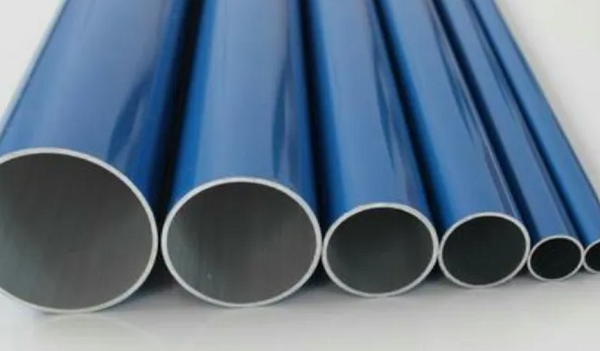
6063 is aluminum alloy, and 6063 is the number assigned by the company according to the product model. 6063 aluminum alloy is widely used in the framework of aluminum doors, windows and curtain walls. In order to ensure that doors, windows and curtain walls have high wind pressure resistance, assembly performance, corrosion resistance and decorative performance, the requirements for the comprehensive performance of aluminum alloy profiles are far higher than the industrial profile standards. Within the composition range of 6063 aluminum alloy specified in the national standard GB/T3190, different values of chemical composition will result in different material properties. When the range of chemical composition is large, the performance difference will fluctuate in a large range, so that the comprehensive performance of the profile can not be controlled.
Aluminum alloy guardrail:
The aluminum alloy guardrail is made of 6063 industrial aluminum through extrusion, aging, soldering, high temperature electrostatic spraying and a new process of classical buckle combination. Aluminum alloy guardrail does not need welding, wire connection and corner code connection, and its nodes are tight, seamless, safe and reliable, full of beautiful, fashionable, rust free, green and environmentally friendly good quality with long life. Colored aluminum guardrail is the crystallization of a great revolution in China’s guardrail industry. It not only meets the needs of the times, but also responds to the strategic policy of low-carbon consumption reduction, energy conservation and environmental protection. In people’s life, it will become an ideal product indispensable for safety enclosure and decoration isolation. In the construction of a civilized city, it will become a beautiful landscape. In the construction of the real estate industry, it will become a new measure, new concept and new image for industrial development.
Zinc steel guardrail:
Zinc steel fence refers to the fence made of zinc alloy materials, which is used for different parts and has different functions. Because the surface layer is treated with electrostatic spraying in the later stage, it has the advantages of high strength, high hardness, beautiful appearance, bright color, etc., and has become the mainstream product used in residential areas, factories, colleges, roads, transportation, etc. The traditional guardrail uses iron bar material, which requires the help of welding and other technologies, and is soft, easy to rust, and has a single color. Zinc steel balcony guardrail perfectly solves the shortcomings of traditional guardrail, and the price is moderate, becoming a substitute for traditional guardrail materials.
Wrought iron guardrail:
The application of iron guardrail has a long history. In the 13th century, Europe created exquisite iron artifacts. During the Renaissance, iron art was integrated with simplicity, elegance and lightness, reaching its peak. In the 19th century, iron railings began to be widely used as building decoration components. Entering China a century ago, it is increasingly widely accepted and loved by people with its unique artistic charm, environmental protection and safety characteristics. In cities and villages, in public buildings and private houses, or modern, or classical, you can see beautiful metal railings in various forms everywhere.
Comparison between aluminum alloy guardrail and iron guardrail:
Although the cost of ordinary iron railings is low, they are easy to rust, and the color is monotonous, which cannot reflect the grade. After rust, the overall appearance of the exterior wall of the building will be affected. The annual maintenance and renovation of the property has become a headache. Moreover, iron railings are now widely competitive, and there is no market advantage. Iron railings are heavier than aluminum alloy railings, which add to the load of the property itself.
Why is aluminum surface oxidation so important?
The chemical properties of aluminum element itself are very active. However, a layer of dense aluminum oxide film will be formed on the surface of aluminum alloy to prevent the internal aluminum from being further oxidized by aluminum alloy. This is to artificially thicken the aluminum oxide film to enhance the corrosion resistance and wear resistance of aluminum alloy products.
6 methods for surface treatment of aluminum parts
1. Metal plating method:
It is quite common, and there is a treatment process of electroplating after polishing.
2. Oxidation (coloring):
The purpose of aluminum surface treatment and oxidation is divided into two aspects: enhancing physical properties and achieving the purpose of coloring.
3. Rubbing lines:
It is called wiredrawing, and its performance is similar to that of chevron, both of which are smooth continuous lines formed on the surface. The difference is that chevron is shown as circular lines, and wipe lines are shown as straight lines.
4. Sand blasting:
It is used to overcome and cover up some defects of aluminum alloy during machining, and meet some special requirements of customers for product appearance. There are glass sand, tungsten sand, etc., showing different feelings, similar to the rough texture of ground glass. Fine sand mold can also show high-end products.
5. Polishing:
To overcome the effect of defect deburring and surface brightening.
6. Veins:
Aluminum surface treatment is the processing method of re processing after mold forming. The use of lathes to process the lines shows extremely regular texture characteristics.
How to clean aluminum alloy oxidation?
Method 1:
When the aluminum alloy surface is oxidized and dirty, it can be cleaned with alkali solution to remove the oxide film with dirt. After removal, put it in distilled water to wash for many times. Finally, boil in distilled water to seal the pores in the oxide film. In this way, the cleaned aluminum alloy surface will not adsorb dirt.
Method 2:
The oxidation of aluminum alloy surface produces aluminum oxide It is a dense protective film, which reacts with acids and alkalis. However, aluminum also reacts with acids and alkalis. It is soaked in dilute acids or alkalis. When there is gas, it is taken out immediately and washed with water. It can also be polished with sandpaper.
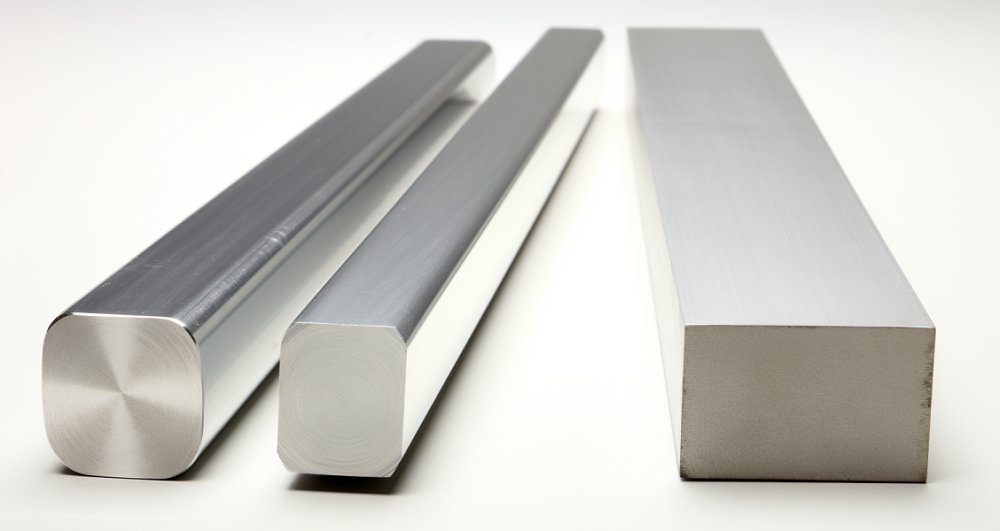 Aluminum 6061 vs 6063: Differences in Properties (Density & Strength), Composition, Price, Applications
Aluminum 6061 vs 6063: Differences in Properties (Density & Strength), Composition, Price, Applications
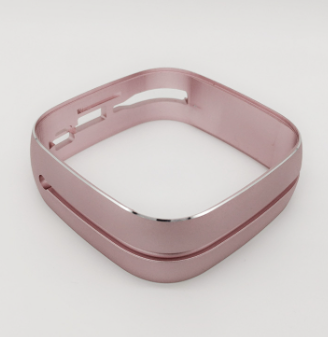 Why Do Aluminum Alloy Parts Need Oxidation Surface Treatment After Machining?
Why Do Aluminum Alloy Parts Need Oxidation Surface Treatment After Machining?
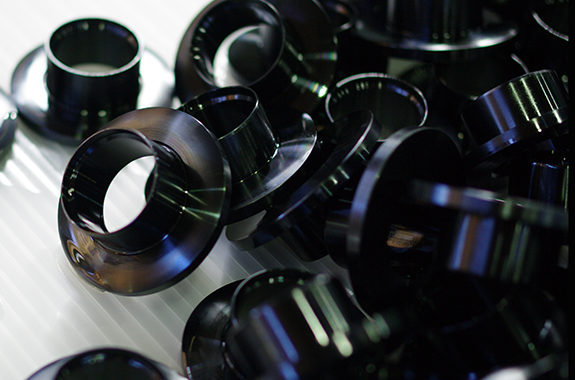 Triiron Tetraoxide Coating on Steel: Principles, Advantages, Applications
Triiron Tetraoxide Coating on Steel: Principles, Advantages, Applications
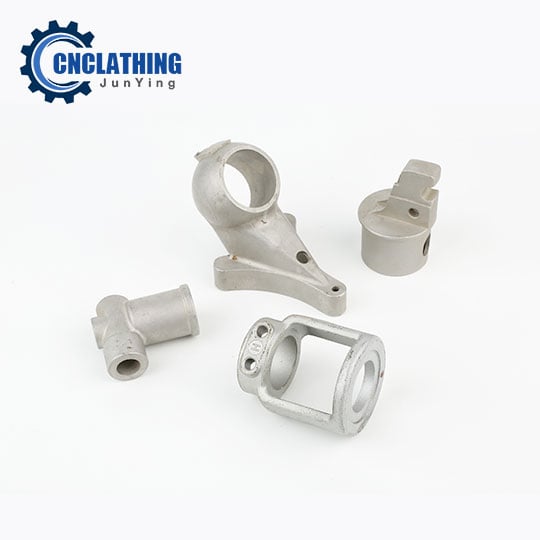 Investment Casting vs. Sand Casting: Progress, Material, Surface Finish, Dimension, Cost Differences
Investment Casting vs. Sand Casting: Progress, Material, Surface Finish, Dimension, Cost Differences
 Spring Material Types (Properties, Grades, Uses) & Best Selection for Your Project
Spring Material Types (Properties, Grades, Uses) & Best Selection for Your Project
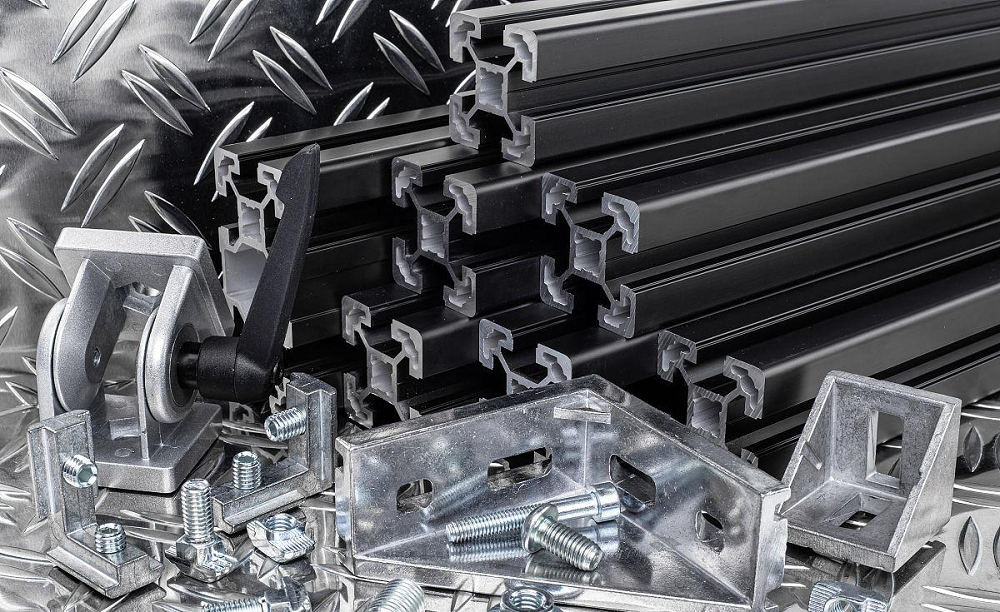 Black Anodizing: Advantages, Uses, Principle & How To Black Anodized Aluminum?
Black Anodizing: Advantages, Uses, Principle & How To Black Anodized Aluminum?
